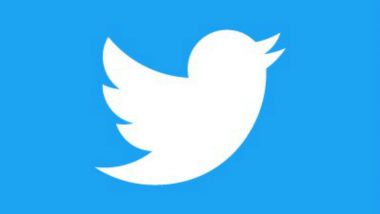Washington DC, May 16: Twitter users with depression and anxiety tend to post pictures with lower aesthetic values and less vivid colours, particularly images in grayscale, recent findings suggest. As part of a recent study, researchers found that these users tend to suppress positive emotions rather than outwardly display more negative emotions, such as keeping a straight face instead of outright frowning, in their profile pictures.
The study sought to utilise computer vision and artificial intelligence to determine what qualities of photos posted to and set as profile images on Twitter could be associated with depression and anxiety, with an eye toward using the platform as a method of screening for both. In 2018, Penn Medicine researchers found that depression could be predicted as many as three months before diagnosis by using artificial intelligence to identify keywords that flagged certain users. Higher Use of Social Media Linked to Depression in Girls: Study.
As social media is becoming increasingly image-focused--more than half of all tweets, 3,000-plus of them per second, now contain an image--the value in gaining clues on health conditions through image content will become increasingly valuable to medicine. "While the association between depression and language-use patterns is well-studied, the visual aspects of depression has not been. It is challenging to transform pixels that form the images to interpretable features, but with the advances in computer vision algorithms, we are now attempting to uncover another dimension of the condition as it manifests online," said Sharath Guntuku, PhD, a research scientist with Penn Medicine's Center for Digital Health and lead author of the study.
The research used algorithms to extract features such as colours, facial expressions, and different aesthetic measures (such as depth of field, symmetry, and lighting) from images posted by more than 4,000 Twitter users who consented to be a part of the study. To quickly categorise their depression and anxiety scores, they analysed each person's last 3,200 tweets. Meanwhile, 887 users also completed a traditional survey to obtain depression and anxiety scores.
Then, image features were correlated with users' depression and anxiety scores. From this, several significant relationships emerged.In addition to finding an association between depression and anxiety and those who posted less vivid photos, the researchers also discovered that profile images of anxious users are marked by grayscale and low aesthetic cohesion, but less so than those of depressed users.
There was also something to be interpreted in what was not included in photos. Depressed users often posted photos only of their own faces with no family, friends, or other people appearing in them. Additionally, the posts rarely included recreational activities or interests, which more often showed up in photos of non-depressed users.


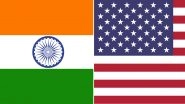
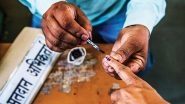


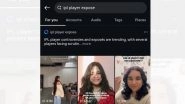
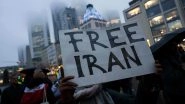

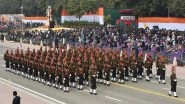



 Quickly
Quickly